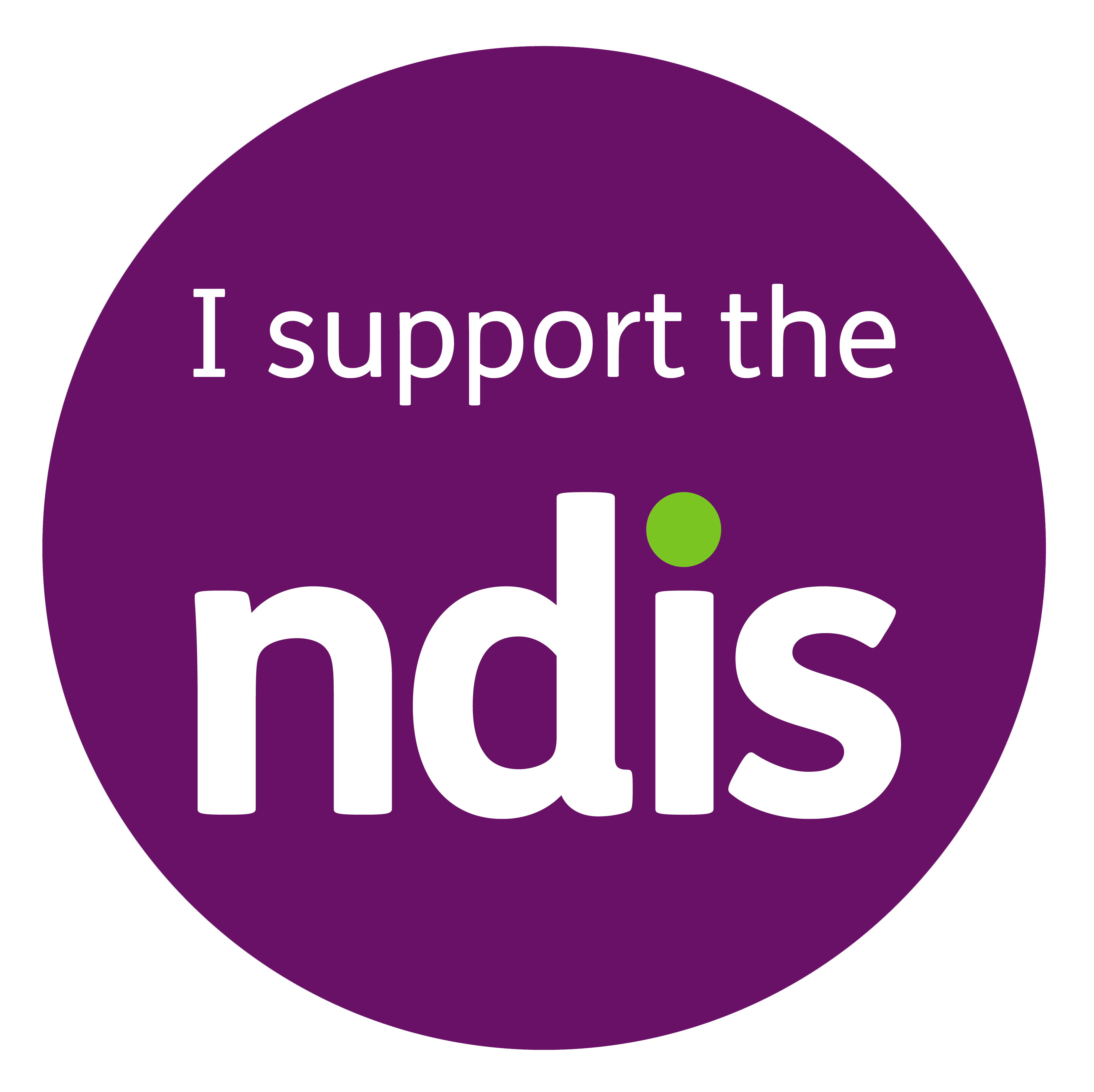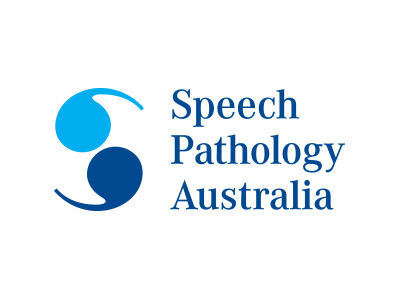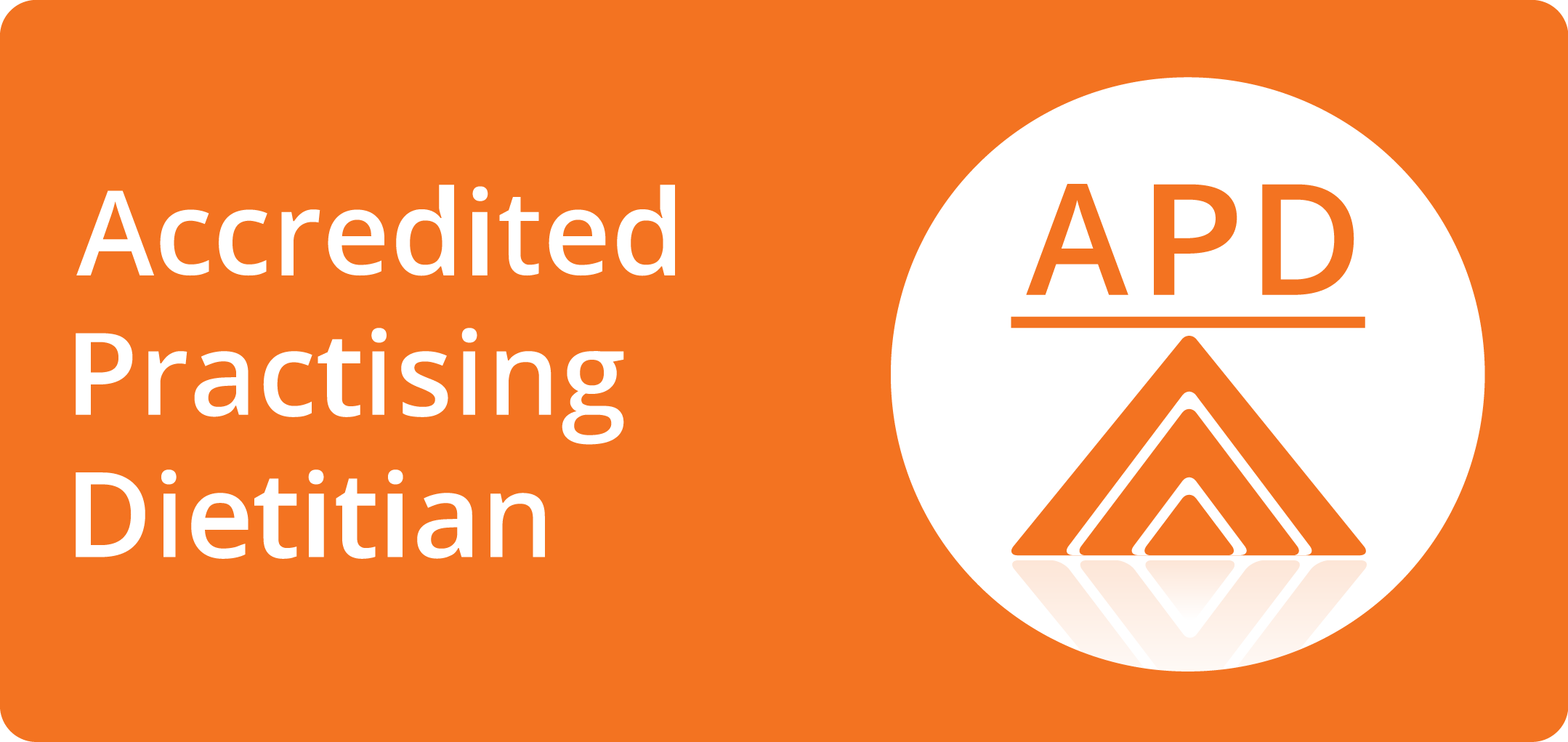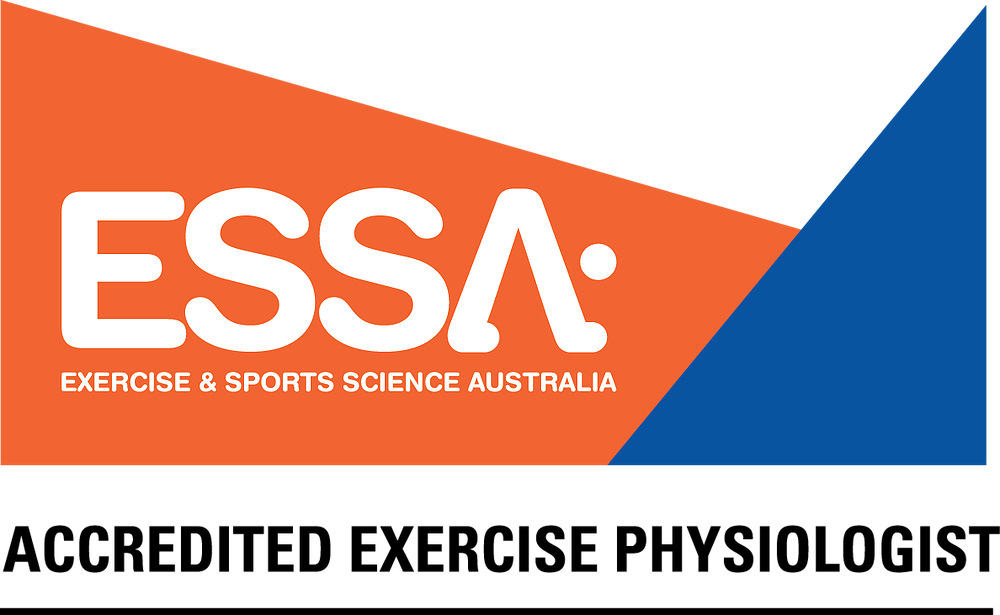What is it?
Headaches are a common condition affecting most people at some stage in their life. There are many different types of headache, which are classified using their cause and symptoms.
A cervicogenic headache is one of the most common types and is named this way because the underlying cause of the pain actually originates from the structures of the upper neck. Its symptoms and treatments are quite different from other types of headache, such as tension-type headaches and migraines. The latest scientific evidence suggests that cervicogenic headaches respond well to physiotherapy treatment.
What are the symptoms?
If you experience a cervicogenic headache you are likely to feel a low grade headache located on one side of the base of your skull, which may refer to the forehead. As these symptoms may be present with many other conditions, your physiotherapist will assess you and rule out any other potential causes.
How does it happen?
A cervicogenic headache usually occurs when there are mechanical changes in the upper neck, such as with wry neck or when there is excessive load placed on the upper neck structures through prolonged activity, for example slouching, poor computing posture, carrying and lifting. It may also occur following a whiplash-associated neck injury. These mechanical changes may cause the joints, muscles, ligaments and nerves to be a source of neck pain and headache. There is no correlation between tissue damage to the neck and the severity of a headache.
A cervicogenic headache is an example of referred pain (pain arising from a distant source). It happens because the nerves supplying the upper neck also supply the skin overlying the head , ears, jaw line, back of the eyes and forehead. The muscles of the upper neck may also develop trigger points which refer pain into this area.
How is it diagnosed?
A cervicogenic headache is diagnosed by your physiotherapist from the symptoms described by the patient and a through physical examination. Often your therapist will be able to reproduce or alleviate the symptoms of your headache during their assessment, confirming that the structures of the neck are contributing to your pain.
How can physiotherapy help?
Management of cervicogenic headaches includes treatment to relieve symptoms of headache and exercise to prevent the re-occurrence of headache. Your therapist can identify any abnormalities in the joints and muscles which may be contributing to your pain and restore them through manual techniques such as massage, trigger point therapy, joint mobilisations, dry needling and heat therapy as appropriate. Your physiotherapists will take the time to address both the abnormalities and their causes, which may be as varied as poor posture at work to weakness of the deep neck muscles to thoracic spin stiffness.
Symptoms of a cervicogenic headache usually settle quickly with manual therapy and commencement of home exercises.






